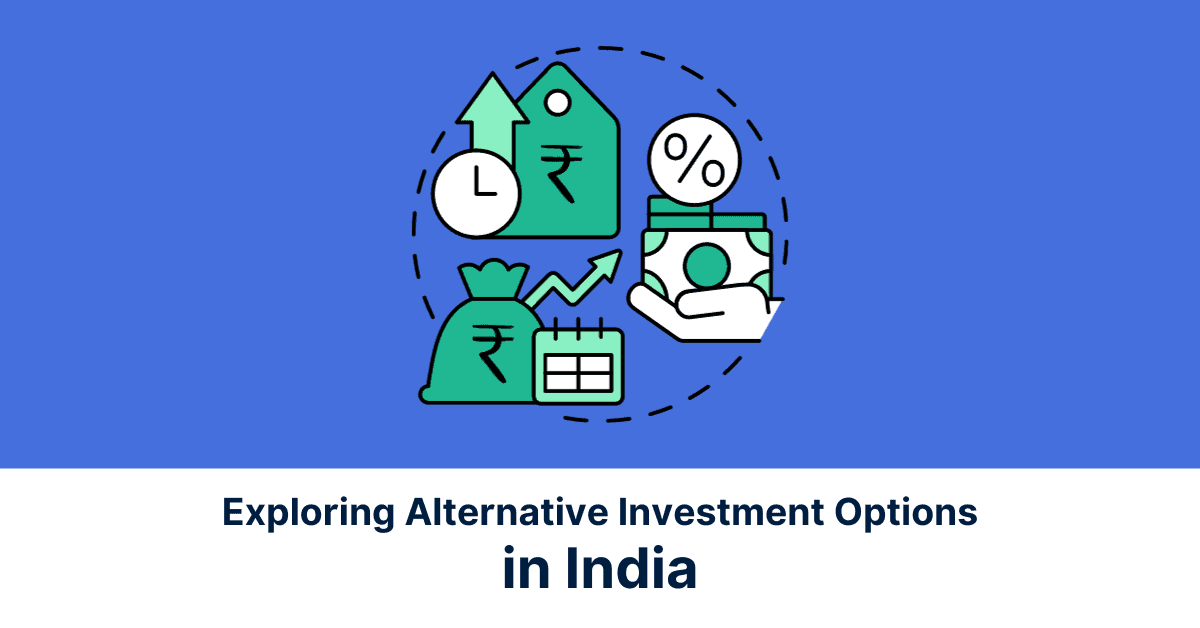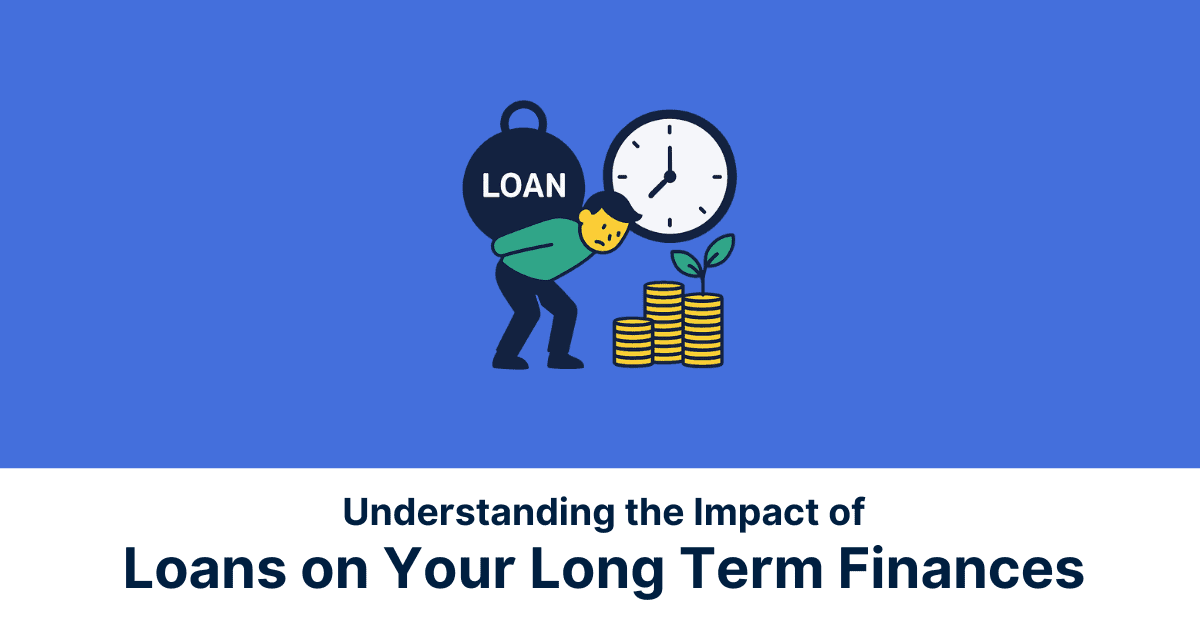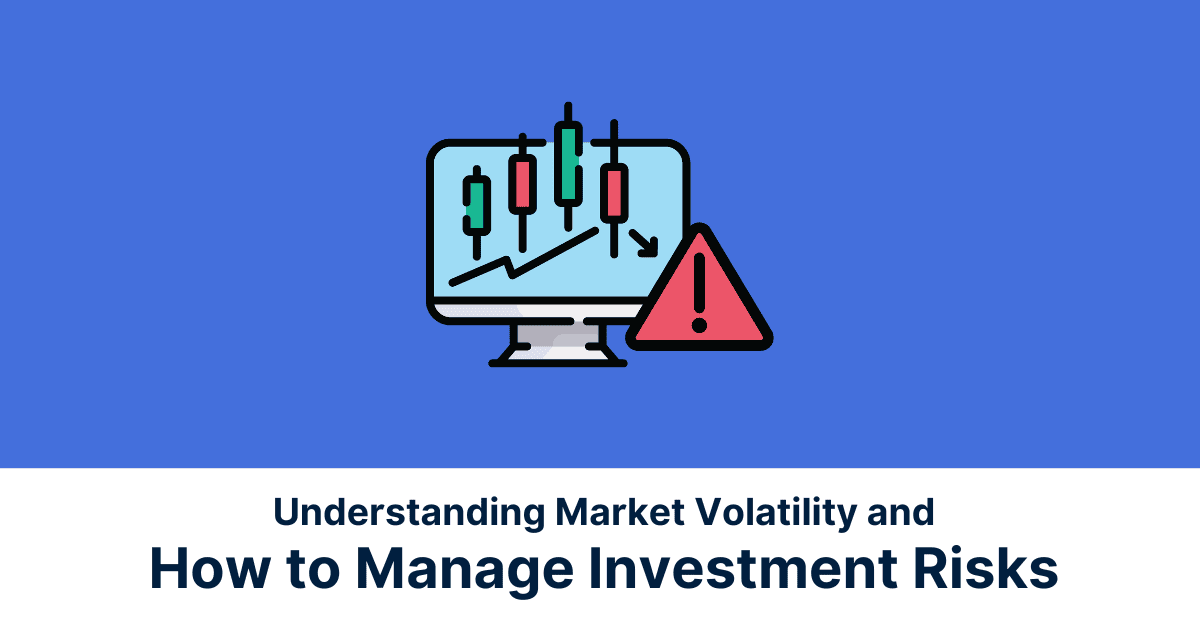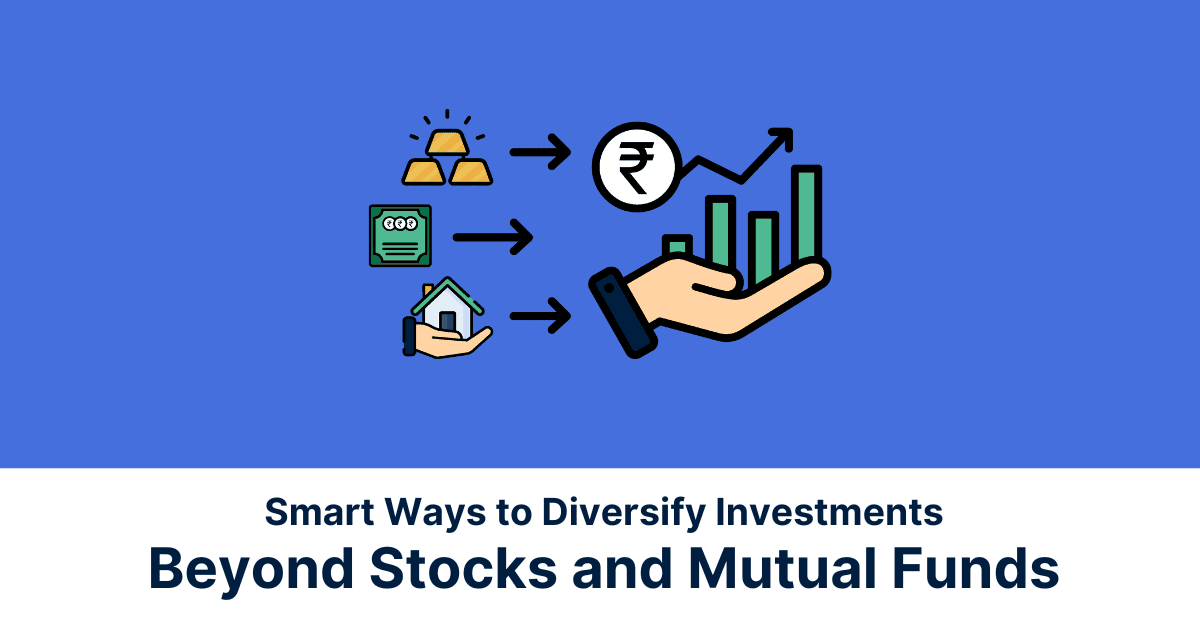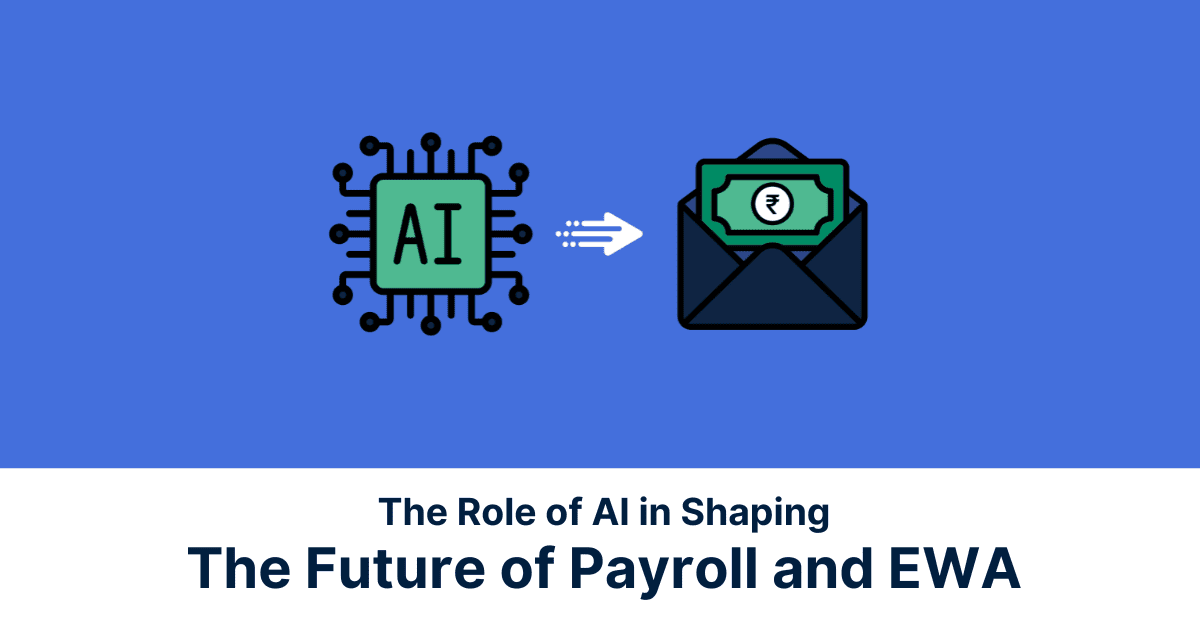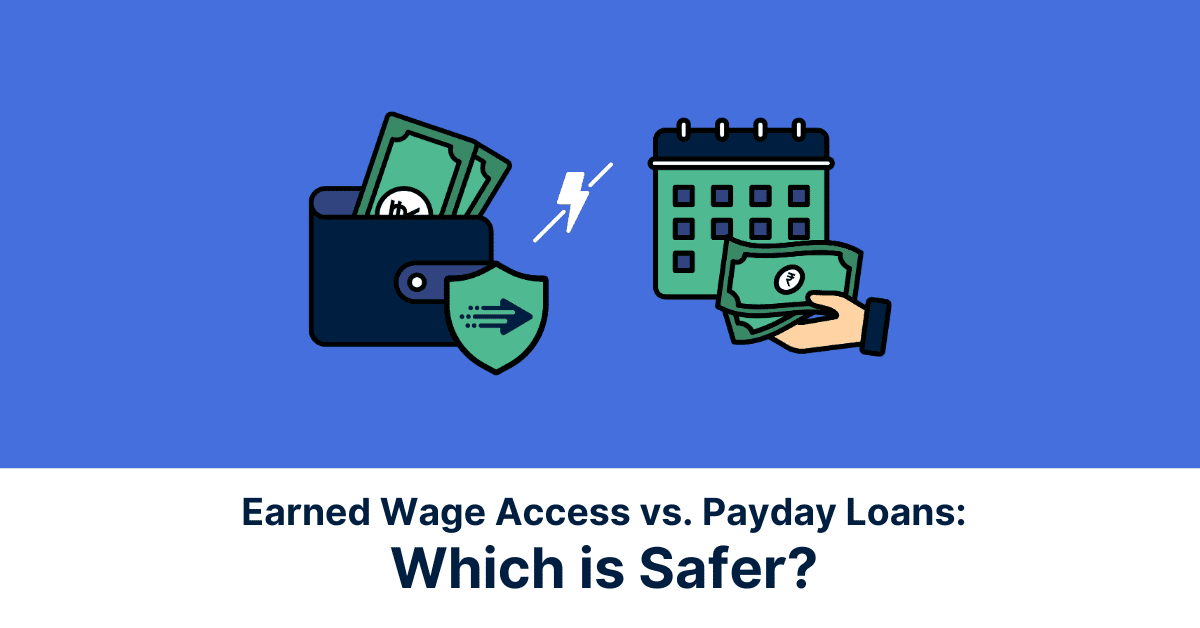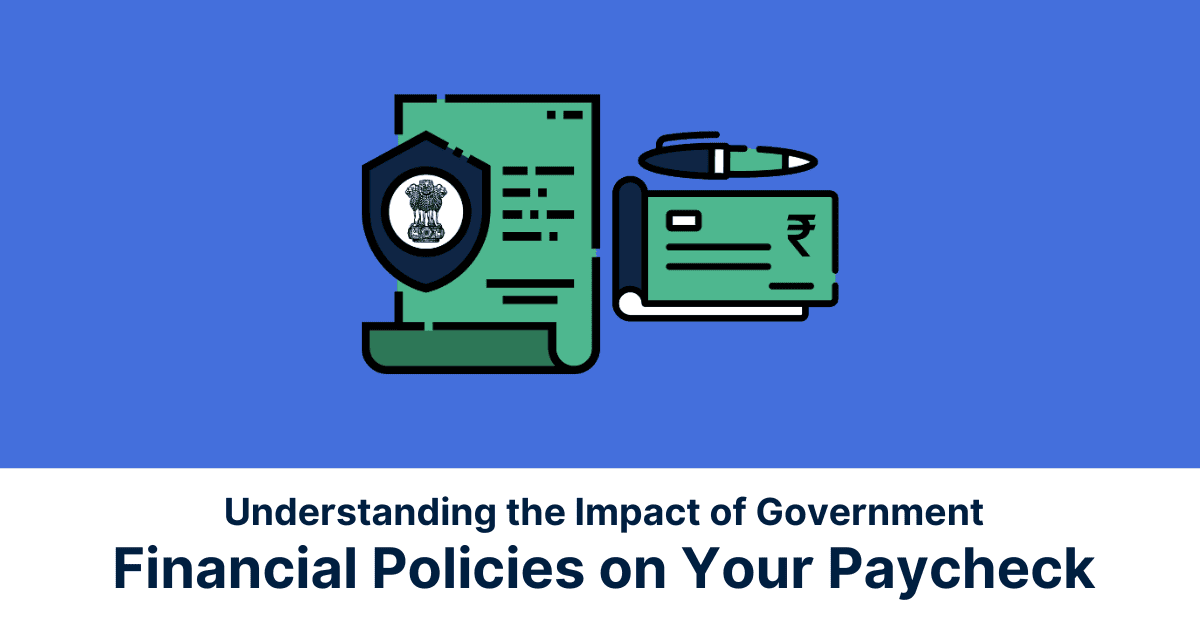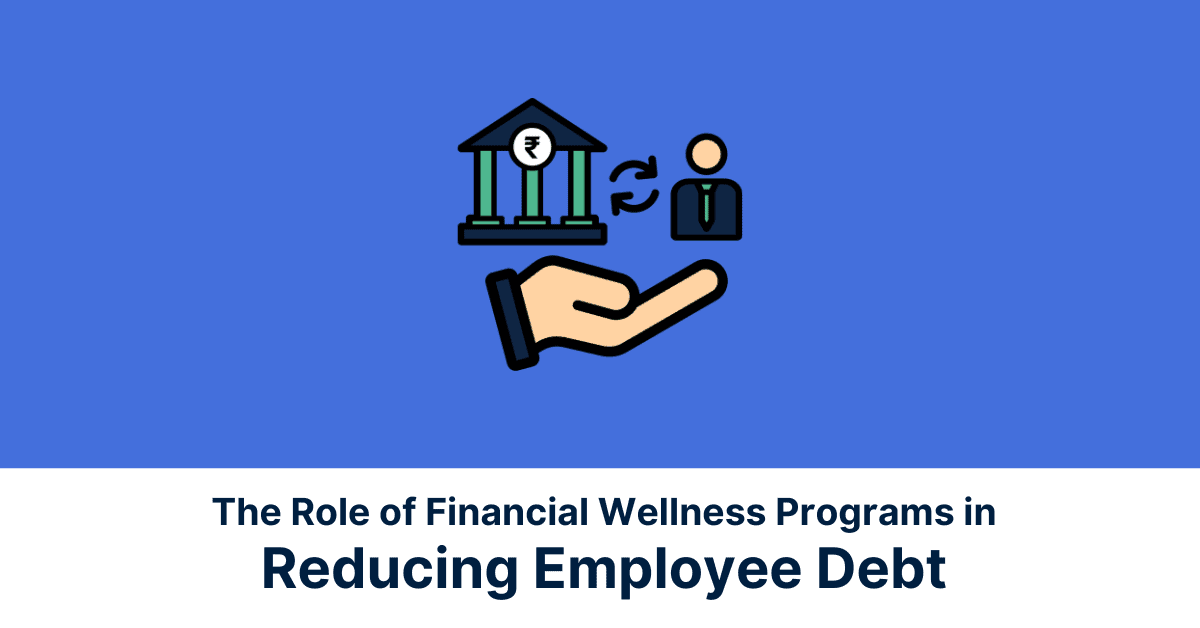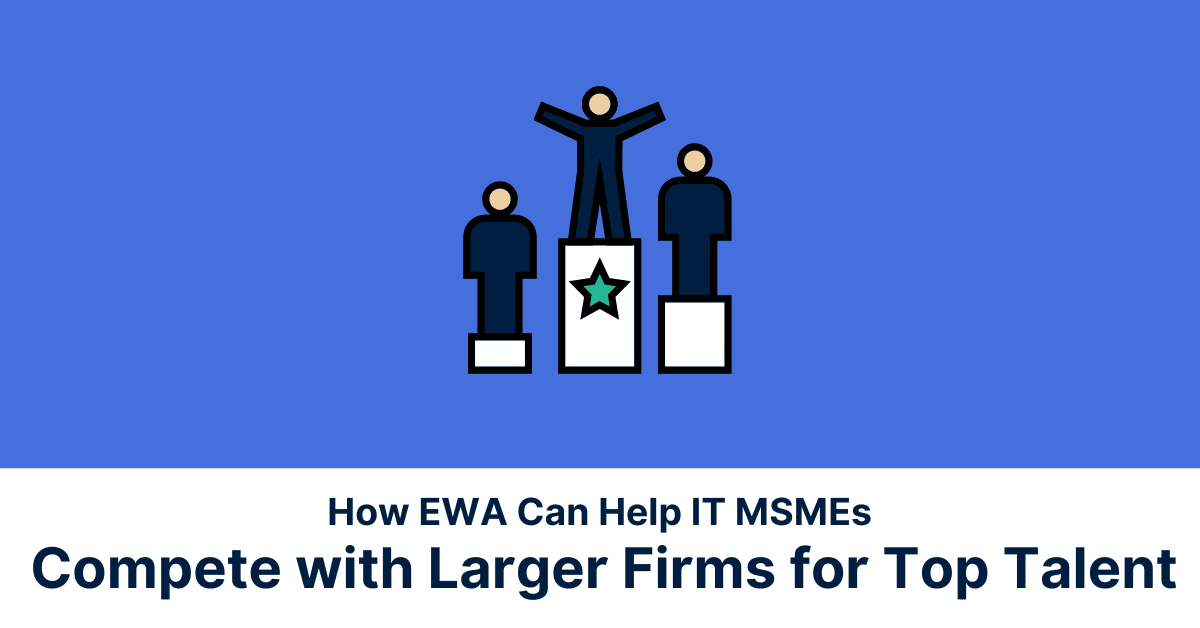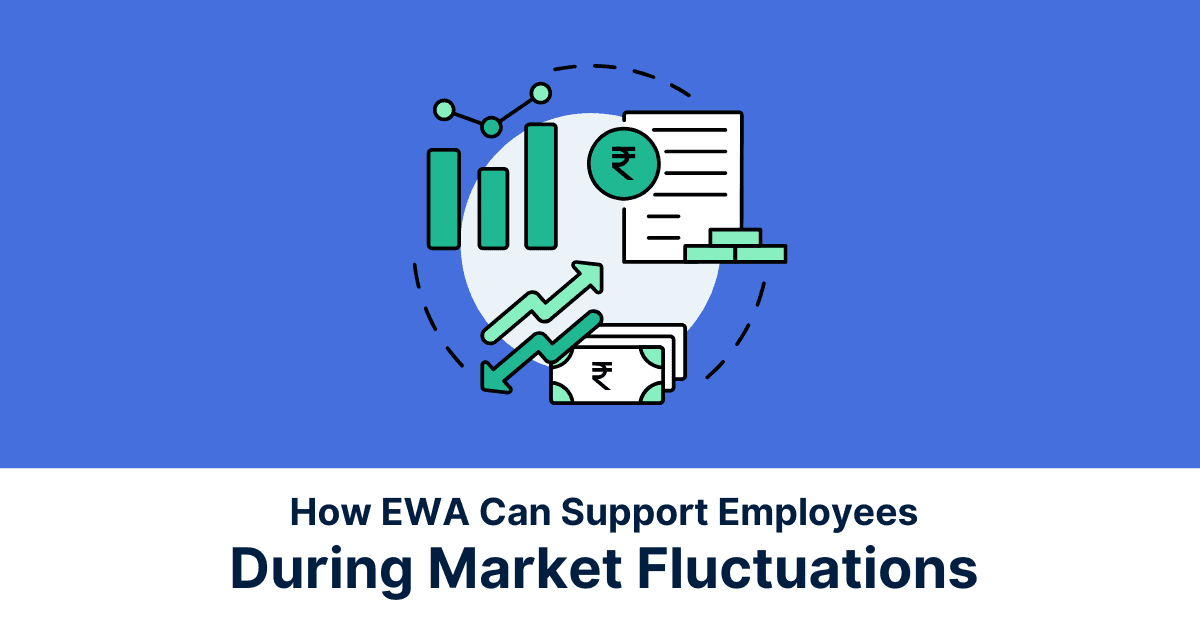Remember the old saying of not putting all your eggs in one basket?
Yes, well that is absolutely true for when it comes to cracking the code to smart investment practices!
In this context, diversification becomes an important tool that investors can use to maximise their gains and minimise losses. And that’s where alternative investments come in, playing a crucial role in any savvy investor’s playbook. In this article, we will dive into the different types of alternative investments in India and help you understand everything you need to know.
What are Alternative Investments?
An Alternative Investment Fund represents an investment category, distinct from traditional investment options, and operates as a privately pooled fund. Typically, AIFs attract investments from institutions and High Net Worth Individuals (HNIs) due to the substantial investment requirements. These funds adhere to the SEBI (Alternative Investment Funds) Regulations and may take the form of a company, Limited Liability Partnership (LLP), or trust, among other structures.
In the past, these funds were mainly for big investors, but now they are becoming more common. Every day investors are getting chances to include these kinds of assets in their portfolios. This helps lower the overall risk and increase the potential value of investments in the long run.
Different types of alternative investments in India
Securities and Exchange Board of India (SEBI) categorises Alternative Investment Funds into three broad categories.
Category 1
Category 1 AIFs empower small and medium businesses, promising start-ups, and innovative new corporations with high growth potential, providing them with the fuel they need to thrive.
Venture Capital Fund (VCF)
Firms in their early stages seeking financing can turn to VCF for assistance in overcoming financial challenges. VCFs specialise in investing in startups with promising growth trajectories. High Net Worth Individuals (HNIs) engaging in VCFs adopt a strategy of high risk for the potential of high returns when allocating their resources. They are close-ended funds and have a minimum tenure of three years.
Angel Funds
Angel funds raise funds from angel investors. Angel investors, who are individuals investing in young startups, lead these funds. They bring valuable early business management expertise to the table. Angel Funds target startups that may not secure funding from VCFs.
Angel funds raise funds by issuing units to angel investors. Also, angel funds accept investments not less than INR 25 lakhs from an angel investor for a maximum period of three years.
Infrastructure Funds
Infrastructure funds offer private investors opportunities to support crucial projects like railways, roads, and green energy while generating stable returns, backed by government incentives.
Investing in companies engaged in infrastructure projects such as railways, airports, etc. Infrastructure Funds attract investors with a bullish outlook on infrastructure development.
From transportation networks to renewable energy solutions, infrastructure funds bridge the gap between private capital and infrastructure projects, driving India’s growth.
Social Venture Capital Funds
Social venture capital funds, also known as impact funds, empower businesses to tackle society’s toughest challenges while offering investors meaningful returns. Fund managers carefully assess the positive ripple effects of each venture, ensuring your money fuels social progress.
In India, SVCFs spearhead mission-driven investments, tackling critical challenges in education, healthcare, agriculture, and clean energy, paving the way for a more equitable and sustainable future.
Category 2
Category 2 AIFs keep their doors firmly closed to leverage, except for the occasional necessity of meeting operational expenses not covered by Categories 1 and 3. This focus on prudent investment practices prioritises stability and minimises risk for investors.
The Government of India doesn’t give any incentive or concession for investment in the below funds.
Private Equity Funds:
Private equity funds are the silent partners propelling unlisted companies forward. By injecting capital in exchange for ownership stakes, PE fills the financial gap for businesses that can’t tap public markets, fueling their growth journey.
Debt Funds
These funds invest in debts of companies that aren’t listed on the stock exchange but are considered well-managed and likely to grow. These companies usually follow good business practices and show promise for future growth. However, they have a lower credit rating, making them riskier for cautious investors.
According to SEBI rules, the money collected by debt funds cannot be used to give loans.
Funds of Funds
Under this option, the money goes into other alternative investment funds. Funds of funds act as savvy investors in other AIFs, and there is no juggling with multiple AIFs here. They offer a one-stop shop by providing specialised and curated AIF portfolios to qualified investors.
Funds of funds under AIFs cannot issue units of the fund to the public and remain closed to them.
Category 3
They include funds employing intricate trading methods, such as investing in derivatives, whether listed or unlisted. Here are the funds falling into this category:
Private Investment in Public Equity (PIPE)
Imagine getting deals on your favourite brands before they hit the mainstream! That’s essentially what PIPE funds do. They scan the public market for promising companies and buy their shares at a discount, offering investors a potential double benefit– owning future stars and paying less!
PIPE funds are like the private club of the investment world, offering deals and convenience at the cost of a smaller share.
PIPE transactions help medium and small-sized businesses to fund their projects with ease. These transactions need less administration and paperwork. Due to this, companies prefer PIPE even though the capital inflow is less due to the discounting of the share price.
Hedge Fund
Here funds are pooled from influential investors and corporations, who are on a thrilling journey across global markets. This rollercoaster ride involves investments in a diverse range of assets, including stocks, bonds, currencies, and derivatives. Hedge funds are aggressively managed and use leverage strategies.
The ultimate aim is to maximise potential returns at any cost, even if it involves embracing risks that would give a roller coaster tycoon pause.
Hedge funds offer the potential for high returns, but they come with a hefty price tag. They typically charge a 2% annual fee and an additional 20% share of profits. Additionally, hedge funds are exposed to more market volatility, meaning your investment could experience significant swings in value. Compared to traditional investments, hedge funds are considerably riskier.
Traditional Vs Alternative Investments: Which is better?
.png)
Tax Considerations in Alternative Investments
For AIF Categories 1 and 2, the fund itself doesn’t pay tax on earnings. Instead, investors pay taxes based on their income levels. If there are gains from stocks, investors pay 15% or 10%, depending on how long they hold the stocks.
Category 3 AIFs are taxed at the highest income tax level (42.7%) at the fund level. The returns given to investors already have this tax deducted.
Conclusion:
AIFS are like finding a treasure chest overflowing with potential, but first you need a map and a helmet (to brave the potential dangers). That’s AIFs in a nutshell. They promise hefty rewards but require careful research and understanding of the risks involved before you take the plunge.It is crucial for investors to thoroughly understand the fund and be aware of the associated risks before making any investment decisions.
Disclaimer: This article is solely for educational purposes. The securities/investments quoted here are not recommendatory.
